



Jayant Narlikar, renowned astrophysicist, died at 86 on May 20, 2025. Co-creator of the Hoyle-Narlikar gravity theory, he challenged Einstein’s relativity. Founding IUCAA, he advanced cosmology research. Narlikar’s ISRO experiments supported panspermia, while his popular science books and award-winning Marathi autobiography made science accessible, earning him the Padma Vibhushan.

Copyright infringement not intended
Picture Courtesy: INDIANEXPRESS
Renowned astrophysicist Jayant Narlikar, co-creator of the Hoyle–Narlikar theory of gravity, passes away at 87.
Jayant Vishnu Narlikar, a well-known Indian astrophysicist and a global icon in theoretical cosmology.
He was born in July 1938, in Kolhapur (Maharashtra).
In 1957, he earned a Bachelor of Science degree from BHU, excelling in mathematics and physics. He joined Cambridge University, where he achieved the prestigious title of Wrangler in the Mathematical Tripos.
In 1960, he won the Tyson Medal for his astronomical research and later secured the Smith’s Prize in 1962. He became a founding member of Hoyle’s Institute of Theoretical Astronomy from 1966 to 1972.
In 1972, Narlikar returned to India, joining the Tata Institute of Fundamental Research (TIFR) in Mumbai. He leads the Theoretical Astrophysics Group, transforming it into a globally recognized hub for research.
In 1988, the University Grants Commission charged him with establishing the Inter-University Centre for Astronomy and Astrophysics (IUCAA) in Pune. As its founding director until 2003, he built IUCAA into a world-class institution, promoting research, education, and outreach.
Narlikar passed away on May 20, 2025, at age 86 in Pune, leaving behind a legacy of scientific innovation, institution-building, and science communication.
Narlikar’s most famous contribution is the Hoyle-Narlikar theory of gravity, developed with Sir Fred Hoyle. This theory challenges Einstein’s general relativity and offers a fresh perspective on how gravity works.
The Hoyle-Narlikar theory blends Einstein’s theory of relativity with Mach’s principle, which suggests that an object’s inertia (resistance to movement) depends on the total mass of the universe around it. Unlike Einstein’s view, where gravity acts like a force through a field, this theory proposes gravity as an “action-at-a-distance” effect.
It says a particle’s inertial mass comes from the masses of all other particles in the universe, multiplied by a coupling constant that changes over cosmic time. This means gravity isn’t fixed but evolves with the universe.
From 1999 to 2003, he led several experiments, sponsored by the Indian Space Research Organisation (ISRO), to collect microorganisms from the upper atmosphere at 41 km.
He also explores quantum cosmology, Mach’s principle, and action-at-a-distance physics. In 1966, he became one of the first scientists to propose supermassive black holes at galaxy centers, a now-accepted idea.
Narlikar believes science belongs to everyone, not just academics. He writes numerous popular science books, such as An Introduction to Cosmology and From Black Clouds to Black Holes, making complex ideas accessible.
His science fiction, like Dhoomaketu (The Comet) (adapted into a film) and The Plague in Athens (eerily relevant during COVID-19), blends science with storytelling.
He writes in English, Hindi, and Marathi, reaching diverse audiences. His Marathi autobiography, Chaar Nagarantale Maze Vishwa (My Tale of Four Cities), won the Sahitya Akademi Award in 2014.
As a consultant for the National Council of Educational Research and Training (NCERT), he shapes science and math textbooks, bringing the universe into classrooms.
In 1996, UNESCO awarded him the Kalinga Prize for popularizing science.
He received the Padma Bhushan in 1965. In 2004, he was awarded the Padma Vibhushan, India’s second-highest civilian honor.
Internationally, he won the Prix Jules Janssen from the French Astronomical Society and the Third World Academy of Sciences prize in 2012 for building IUCAA. He is a fellow of India’s three national science academies, the Royal Astronomical Society of London, and the Third World Academy of Sciences.
Source:
|
PRACTICE QUESTION Q. Why does the acceleration due to gravity increase slightly from equator to poles? A) Earth is perfectly spherical B) Rotation of Earth causes centrifugal force at equator C) Earth's core is denser than crust D) Magnetic field of Earth affects gravity Answer: B Explanation: Earth rotates around its axis, creating a centrifugal effect at the equator that slightly reduces the apparent value of ‘g’. This makes gravity stronger at the poles. |
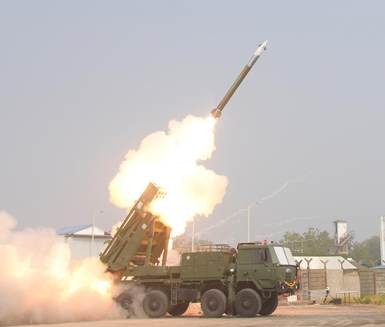
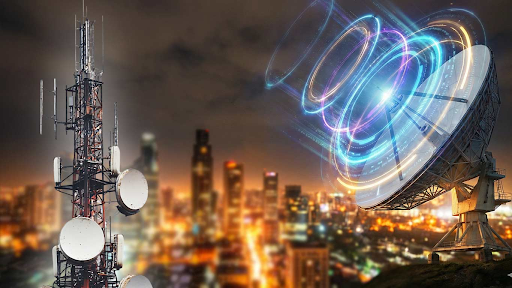

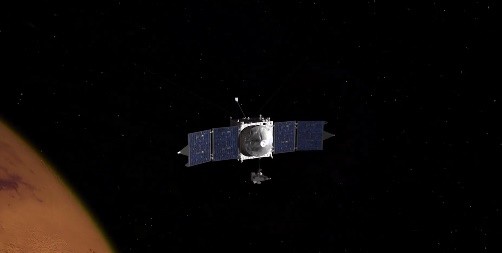
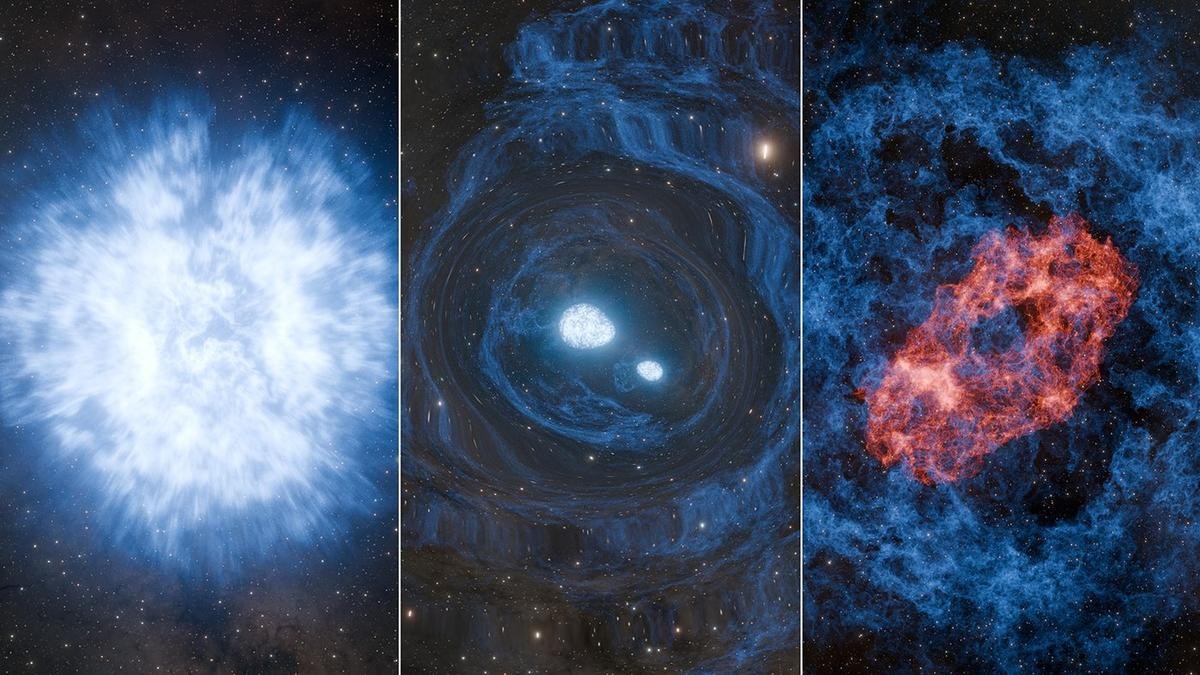

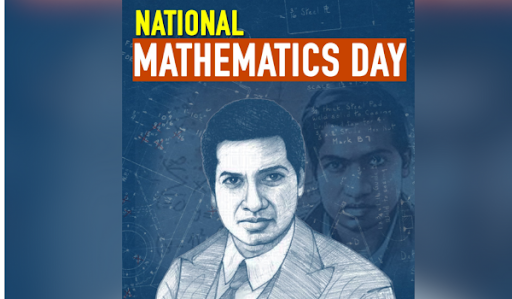


© 2026 iasgyan. All right reserved